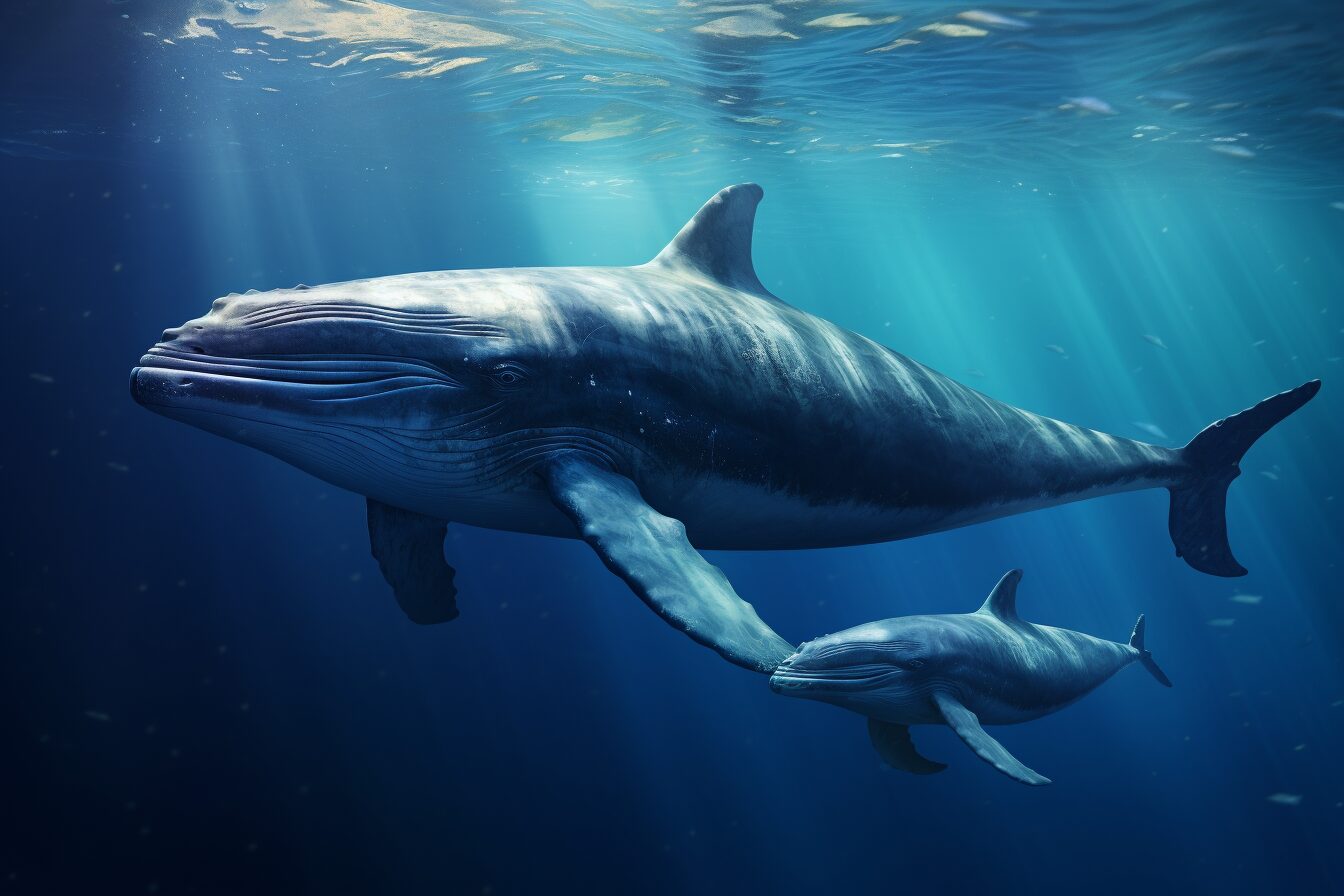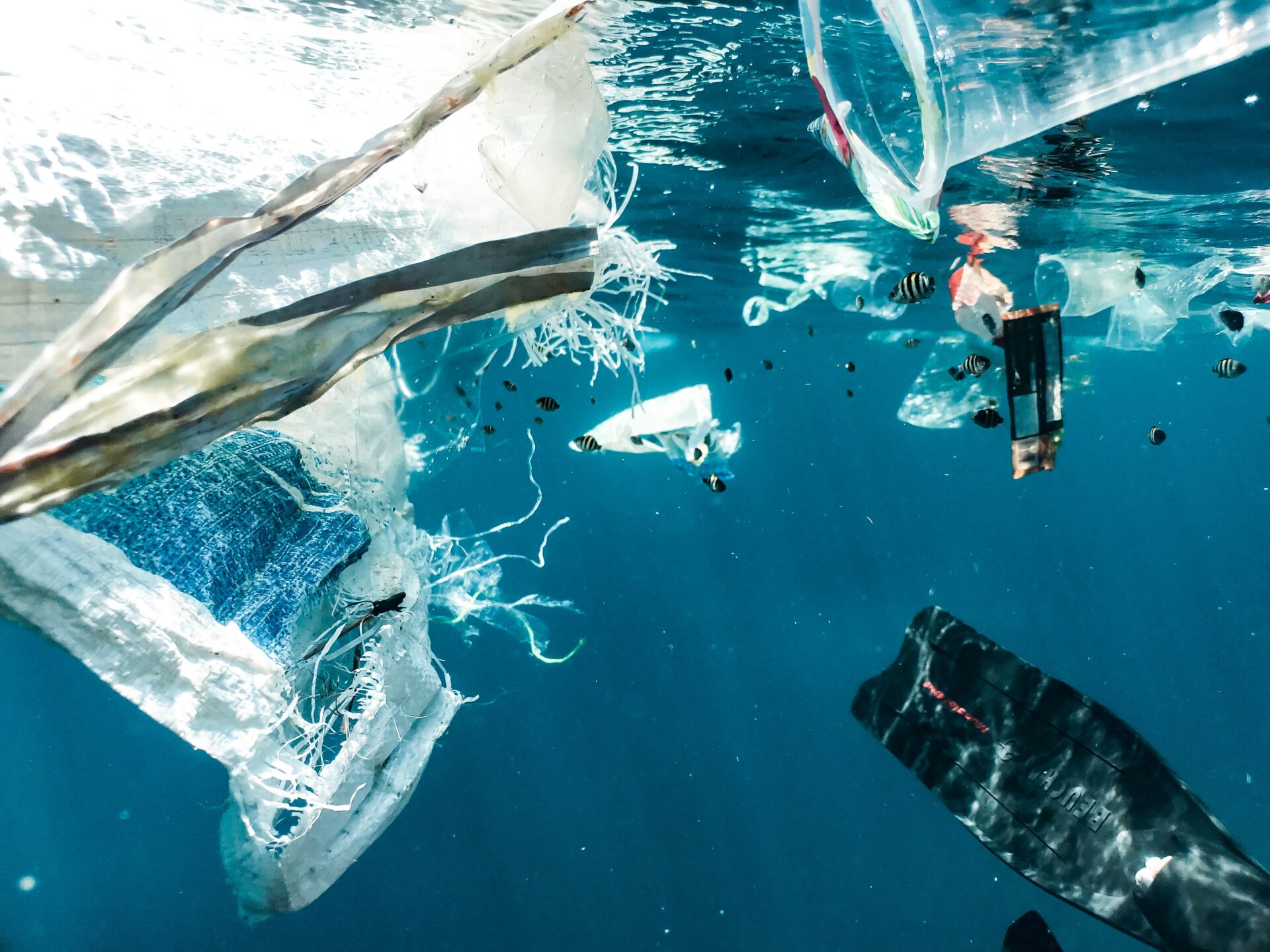
How Big Is a Blue Whale: Top 8 FAQs About History’s Largest Animal
We are reader-supported. When you buy through links on our site, we may earn affiliate commission.
Blue whales are one of the planet’s most terrifying and enigmatic creatures. They are massive, and most people go without seeing one in person their whole lives. It’s hard to consider just how big they are because of it. So, how big is a blue whale?
Learn about these beautiful mammals by understanding their heft, longevity, diet, and culture. How will learning more about these animals inspire you to advocate for their wellness in response to countless years of hunting and climate change? Let’s find out.
1. How Big Is a Blue Whale?
Let’s answer this question with dimensions and statistics. How long is a blue whale? How much does it weigh? What about its organs?
- They can be 90 to 100 feet long.
- An adult weighs around 290,000 to 330,000 pounds.
- Babies are approximately 23 feet long and about 5,000 pounds — the most giant babies on Earth.
- Females are larger than males.
- A blue whale’s tongue weighs more than an elephant.
- Their heart is the size of an average four-person car.
The heaviest blue whale ever recorded was a female hunted to death in 1947 at a whopping 418,878 pounds. The longest was 10’ 17” long over a century ago in 1909.
2. How Big Is a Blue Whale Compared to the Next Biggest Animal?
If you can’t imagine an animal half the length of a football field, let’s go to the second-largest creature. It turns out it is also another whale breed. Fin whales reach about 65 to 80 feet in length and weigh around 160,000 pounds.
3. How Long Have Blue Whales Been Around?
Based on fossil records and intensive research, marine experts anticipate blue whales have been around for 4.5 million years. The presence of hip bones suggests they once traversed the land, but as environments changed, they adapted to live in the oceans. Blue whales live for around the same length of time as a really healthy human — around 80 to 90 years if undisturbed by massive environmental changes. Throughout their existence, that’s a lot of blue whales. They are essential to marine environments’ health and wellness, so they must be taken care of.
4. How Many Blue Whales Are Left?
Around 5,000 to 25,000 blue whales are left on the planet, residing in almost all oceans. Collecting specific data is challenging, but modern technology and satellites are making it more accessible.
Commercial whaling and other environmental factors have reduced blue whale populations. Blue whales, as a whole, are listed as endangered or critically endangered on the IUCN Red List. Data varies based on analyses of subspecies, such as the Antarctic blue whales. Collective efforts show positive results for conservation efforts, and numbers are increasing.
5. What Does the Diet Consist Of?
The blue what’s diet is the most anticlimactic and ironic part of their existence. Blue whales have massive organs, but their throats are less impressive. They are only up to eight inches around, so their huge mouths still have to consume tiny creatures.
Their diet is mostly krill, plenty small enough to go smoothly down. If a blue whale finds an excellent stock of krill, a blue whale’s mouth scoops up around 70 tons of a mixture of krill and water in a single gulp. The water exits through the blowhole, and the krill remains as the whale’s lunch.
6. Are Blue Whales Dangerous to Humans?
The short answer is no. Blue whales are not dangerous to humans, but their size might convince you otherwise. Some people call them gentle giants, and there is no recorded evidence of a blue whale ever harming someone. Here are a few justifications why blue whales will not intentionally harm humans:
- Blue whales have no teeth. Instead, they have baleen, which is made of keratin. It has a hairy appearance and is used for filtering water and food.
- As previously mentioned, a blue whale’s throat is not large enough for a human.
- Blue whales are not inherently aggressive creatures unless provoked.
7. What Do Blue Whales Sound Like?
Let’s award the blue whale with another superlative. They are the loudest animals in history but can also hit such low registers that a human couldn’t hear them. Their songs hit 180 decibels — even louder than a plane’s jet engine. Those songs can go on for hours. Because sound travels faster in water than in air, their songs can be heard by populations thousands of miles away.
The way whales communicate with each other is one of the most complex revelations of marine biologists today. Their languages reveal enormous empathy and care for their families that could extend beyond the understanding of humans.
8. How Can You Advocate for Blue Whales?
The most prominent threats to blue whales include:
- Fishing gear entanglement
- Noise pollution
- Trash and chemical pollutants
- The climate crisis
- Habitat destruction
- Collisions and strikes from shipping vessels

Spreading awareness of these influences is one of the best ways to create universal empathy for blue whales and other whale species. Here are other actions, large and small, you can take if you want to support blue whale restoration:
- Holding companies accountable that have harmful whale-watching or swimming with whales tours.
- Donate to charities helping with whale restoration.
- Do not support aquariums actively harming whale populations.
- Watch waste disposal, which is important everywhere but most important in coastal areas.
- Becoming a more curious and passionate environmental advocate.
Why Blue Whales Are So Important
Blue whales are the grandest creatures in history. Their size and gentle nature astound those lucky enough to witness their majesty. Even if you go your whole life only seeing them in photos and videos, people must understand they need protecting.
Numbers in the thousands seem like a lot, but it is nothing compared to their previous standing. Spread awareness about how remarkable all oceanic life is, and perhaps humanity will become more empathetic to caring for them.
Share on
Like what you read? Join other Environment.co readers!
Get the latest updates on our planet by subscribing to the Environment.co newsletter!
About the author
Jane Marsh
Starting from an early age, Jane Marsh loved all animals and became a budding environmentalist. Now, Jane works as the Editor-in-Chief of Environment.co where she covers topics related to climate policy, renewable energy, the food industry, and more.





